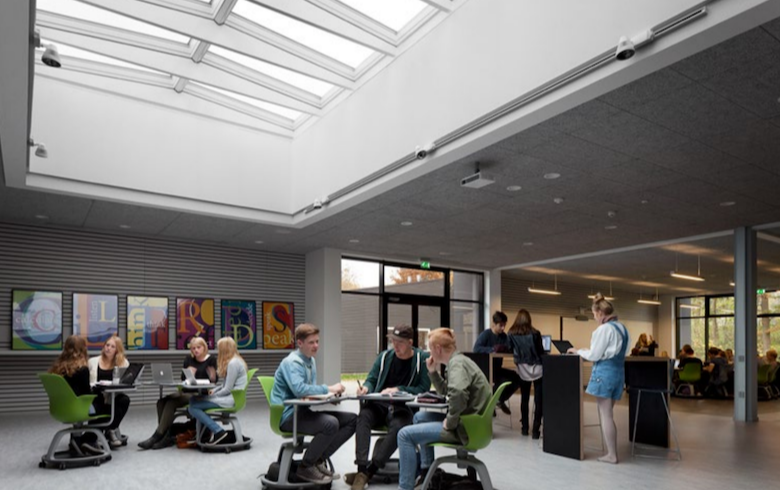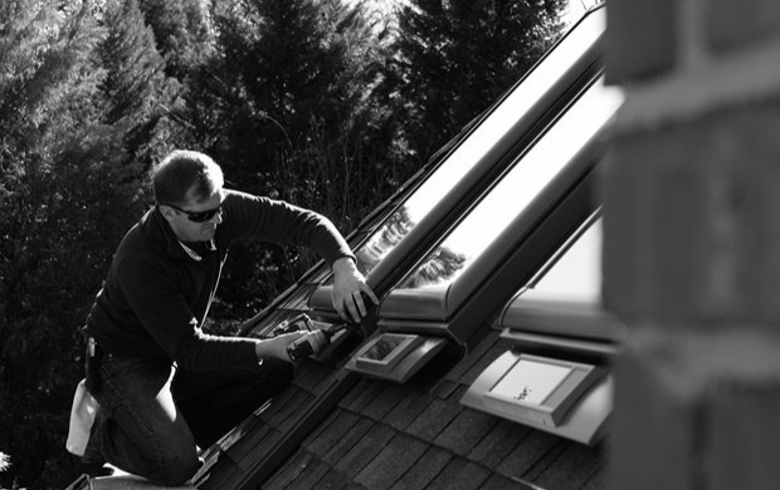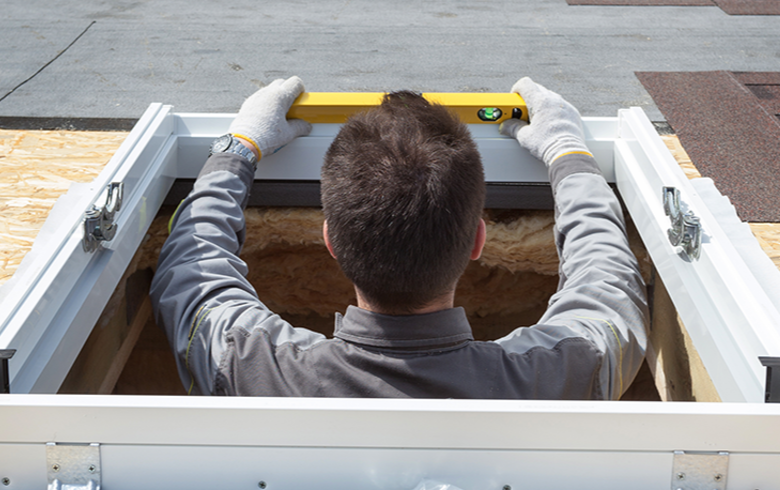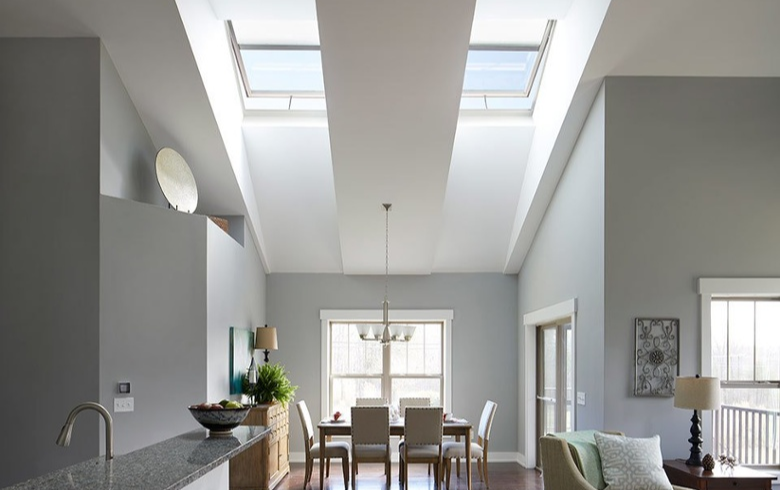Children spend more time at school than anywhere else other than their own home. These formative years should not be spent in dark, decrepit buildings, especially since numerous studies show that our physical environment has a significant effect on inspiring learning.
Architects, builders, and designers, as well as school officials, have a responsibility to ensure that tomorrow's classrooms are healthier and more supportive of greater learning outcomes.
The Stats
Several studies have shown that daylight is not only good for children's overall health and wellbeing, but that it can also significantly improve academic performance. One such study by Sorbonne University covered 13 European countries and found that academic performance can increase by up to 15% when students work in classrooms with larger windows. This can be contributed both to increased daylight and a better view of the outside world.
A slightly older study for the California Board for Energy Efficiency Program found similar results. It found:
- Students with the most daylight in their classrooms progressed
- 20% faster on math tests and
- 26% faster on reading tests
- Students that had a well-designed skylight in their room improved
- 19-20% faster than those without a skylight
- Students in classrooms where windows could be opened were found to progress
- 7-8% faster than those with fixed windows
4 Ways to Improve Daylight Conditions in Classrooms
Good daylight distribution across a room is often best achieved by using several different sources of daylight, such as a combination of skylights and windows. Using both skylights and windows can also ensure reduced levels of glare and contrast. Between skylights and windows, there are four sure-fire ways to improve the daylight conditions in the classrooms:
- Ensure that daylight is the superior light source for most of the daylit hours during the year when designing schools and classrooms.
- Select solar shading systems that can ensure a high level of daylight quality and maintain a view to the outside.
- Concentrate on the schools' most utilized spaces. Invest in daylight solutions where the students are, and allow slightly darker areas within the room if needed.
- Integrate successful architectural daylight solutions in the overall school design that combine the advantages of windows, both in the facade and in the roof.
How to Design with Daylight
While daylight does occasionally need to be supplemented by ample, high-quality artificial lighting when outside light levels are too low, we should aim to make daylight the main source of lighting in schools where possible. If it is properly controlled, sunlight is generally welcomed as a source of lighting in buildings.
When windows or skylights face North, the daylight entering a space tends to be softer and more diffused, with subtle changes in light levels and color texture throughout the day. With other orientations, sunlight enhances the overall brightness of interiors with specific areas of concentrated light.
The challenge of designing with daylight is particularly evident in deep classrooms where there is a considerable distance between windows and the back of the room. Here, there is often a disparity in light levels - bright near the windows and darker further back. In situations where the shape or size of classrooms does not allow for adequate light levels throughout, and/or where the possibility of window space is limited, skylights are often the optimum solution. Where there is no direct access to the sky due to constructed floors above, light shafts can be an effective alternative.
There are many factors to take into account when considering how much daylight will be gained from windows or skylights. These include glazing transmittance, wall thickness, external obstructions, extensions above (e.g. overhangs, balconies) and to the sides (e.g. extension of the building itself), depth of the room, etc. When taking all these factors into account, a skylight typically provides more than twice the amount of daylight than a facade window of equal size.
Learn more about the ins and outs of designing schools with skylights, and get inspired by a few case studies, by downloading our Building Better Schools E-book.





